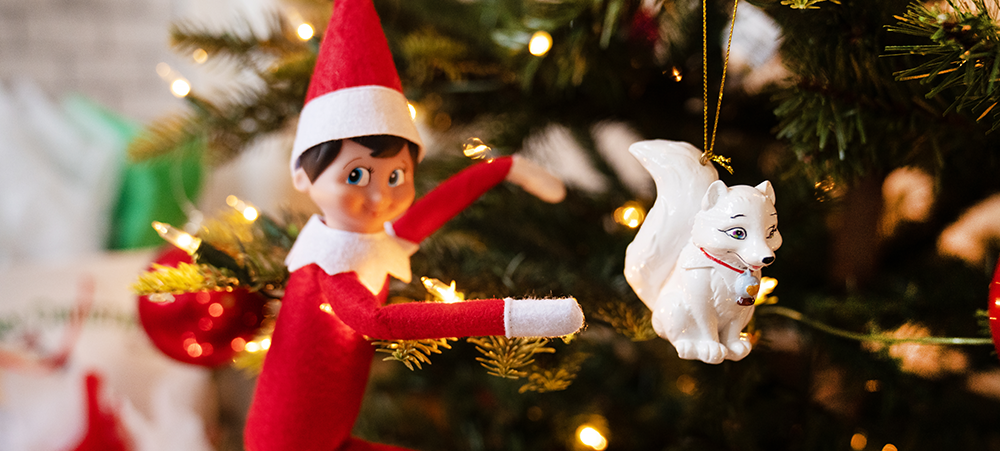Occupational Therapist, Megan Smith, suggests some age-appropriate games that your children will love to play. They have the added benefit of being fantastic for their development too.
Development games for 0-12 months
Game: Peek-a-boo
How does this game help development:
During the end of your baby’s first year, they start to develop a cognitive concept called ‘object permanence.’ Ultimately, this is the brain’s ability to note that when an object is no longer within the visual field, it still exists. You will notice that your baby will start showing signs of separation anxiety around eight months of age. For instance, when you leave the room, your baby may begin to whine or make louder noises. This is their brains exploring the concept that when you disappear visually, you are not disappearing off the face of the earth.
Boost the gameplay:
Play the game with various other objects, hide bears and toys under blankets or balls in boxes and tins and encourage exploration. Show your little one that the object exists even when it is covered and cannot be seen.
Use your voice when your face is hidden, this reinforces the concept that she cannot see your face, but because she can hear you, it is still there.
Development games for 1-2 years
Game: Finding objects hidden in the sand
How does this activity help development?
This is another great game to reinforce the concept of object permanence as the toddler’s brain develops. It challenges them on a higher level to search for an object when they do not know what it is. The game provides sensory stimulation through tactile (touch) and visual (sight) systems and challenges the brain to interpret this sensation and simultaneously execute bilateral hand coordination to dig through the sand and locate the objects.
Finding hidden objects in sand provides an opportunity for the toddler to start the early development of different visual perceptual skills. Some of these are:
- Visual Form constancy: to distinguish one similar object from another.
- Visual figure-ground: the ability to identify an object from different backgrounds.
- Visual Closure: To identify an object when only half of the object can be seen.
Boost the gameplay:
Make sure the objects you hide are brightly coloured and can easily be seen against the background of the sand, the objects should also be large enough to fit in the toddler’s palm, any smaller, and they may struggle to find them.
Use familiar toys, such as toy fish, flowers, pets and cars. This assists them with identification and will elicit feelings of success.
As the toddler ages, you can make the game more challenging and exciting by hiding smaller objects that are more difficult to find and hiding two of each object and encouraging the search for pairs. This can assist in the development of early number concept development.
Development games for 2-3 years old
Game: Throw the bean bag in the hula-hoop
How does this game help development?
This game challenges the gross-motor developmental skills and visual perceptual skills, as it requires hand-eye coordination to work alongside visual perception to create success. The use of bean bags provides the toddler with proprioceptive input (this is when the muscles and tendons provide input to the brain explaining where the limb is in space), which is very important information needed to plan and execute a movement appropriately.
Boost the gameplay:
Put little treats in each hoop that they can win if they get the bean bag in – it will be like taking them to a carnival!
Development games for 4-5 years old
Game: Hop-scotch
How does this game help development?
Hop-Scotch is a gross-motor based game. This means that the game itself focuses on developing and challenging gross motor skills, including hand-eye coordination and hand-foot coordination. These games also challenge the child’s bilateral integration, which is the ability to use both sides of the body, in different movement planes, at the same time. This is a skill that is later refined and needed for writing and cutting at school.
Boost the gameplay:
Make use of bright colours and shapes which the child can hop and jump onto. This is a fun way to incorporate basic concepts (counting, colours and shapes) into playtime.
- My toddler has a short attention span – is he hyperactive? - November 27, 2025
- Routines are they really necessary - November 26, 2025
- Why do I need to stimulate my baby from a young age - November 25, 2025





